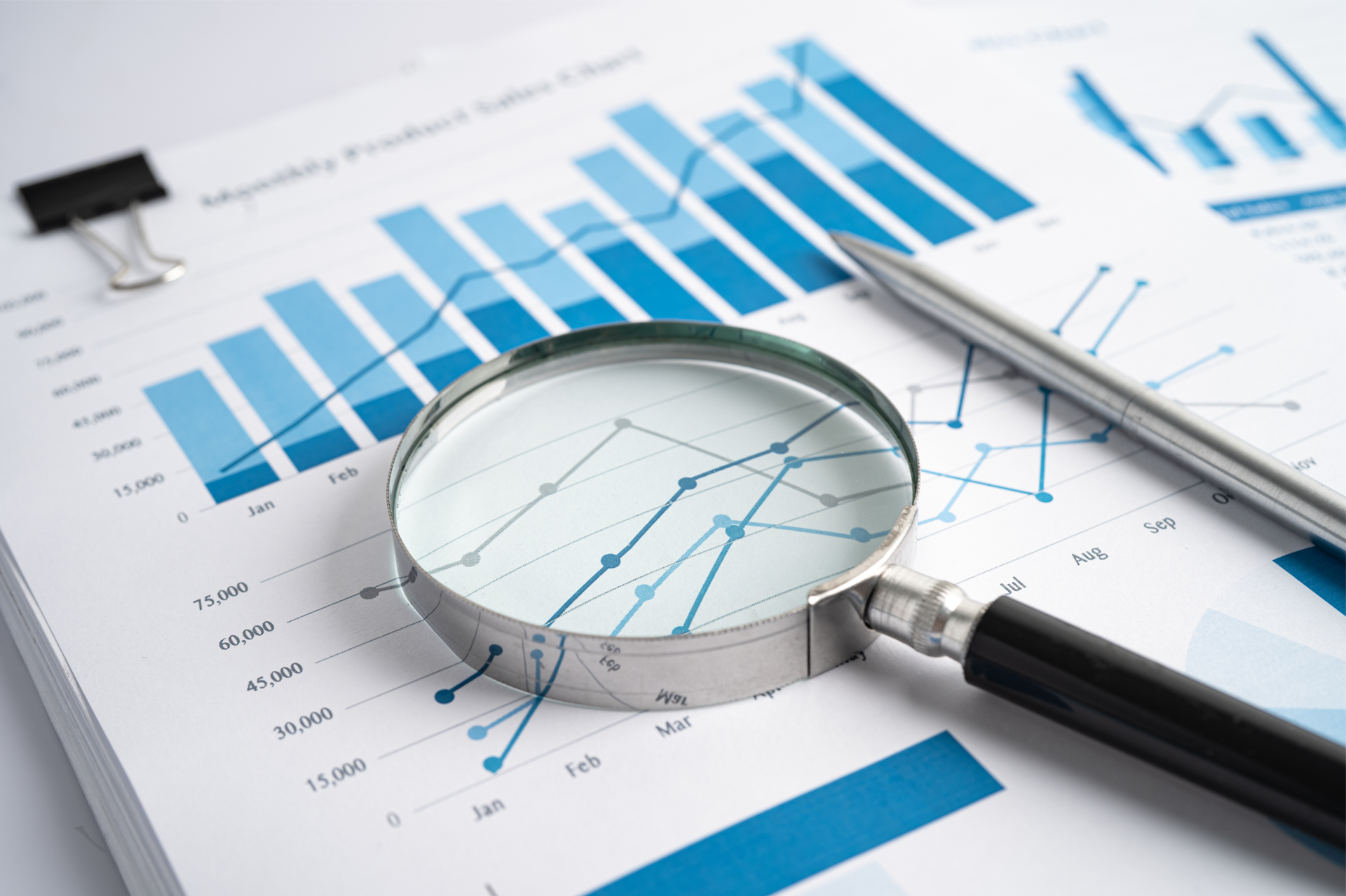Why Processes Matter. Lessons from a 10-Month Apartment Build Gone Wrong
Janice Wilson • November 24, 2025

What was supposed to be an 8-week build turned into a 10-month
construction nightmare. It all boiled down to one thing.
Lack of process.
Sound familiar?
Whether you’re managing a construction site or running a business,
one truth remains the same. When processes are missing or broken,
chaos follows.
A series of avoidable mistakes during an apartment build exposed the
real cost of inefficiency, and how we work at
KPI Management Solutions
through our
CAiSY methodology.
What Went Wrong (And How It Could’ve
Been Avoided)
Let me break it down. This apartment build turned into a case study of what not to do.
- The roof: The builders didn’t check that the walls were the correct height before installing it. They ended up removing the entire roof, raising the walls, and reinstalling it. A simple checklist could have prevented this entire mess.
- The tiles: You’d expect roof tiles to be ordered in advance. Instead, the order was placed afterward. There was no stock available, so the project stalled for weeks.
- Crooked fittings: These were installed completely skew. No one checked if they were level before cementing them in place. Everything had to be removed and redone, wasting both time and effort.
- The floors: Workers didn’t cover the tiles before pouring concrete. The concrete spilled, hardened on the tiles, and now requires special removers to clean. That’s extra work and cost that could have easily been avoided.
- The plumbing: The dishwasher pipe was incorrectly measured, causing the appliance to stick out. Now the piping must be redone to fit properly.
These aren’t just accidents. They’re the result of working without a defined process.
The Hidden Costs of Poor Planning
Every oversight triggered a chain reaction:
- Wasted time.
- Wasted money.
- Delayed completion.
- Frustration for everyone involved.
- Likely financial loss for the builder.
Sound like your business? The same mistakes happen in spreadsheets instead of on-site.
The Ripple Effect in Business. How Process
Failures Hurt Your Bottom Line
You don’t have to build apartments to experience inefficiency.
Poor processes creep into every department:
- Sales teams working off outdated scripts or skipping follow-ups.
- Customer service repeating mistakes due to lack of documentation.
- Marketing departments launching campaigns without reviewing copy, targeting or timelines.
- Finance teams mismanaging payments or audits because steps are skipped.
A missing step in business is just as expensive as one on a building site.
Why Every Department Needs a Process
Processes aren’t red tape. They’re the roadmap that helps you:
- Know what comes next.
- Avoid rework and duplication.
- Train new hires efficiently.
- Maintain consistency and quality.
From Frustration to Innovation: How We Solved
the Process Problem
Introducing Our AI-Driven Solution with CAiSY
After witnessing this construction disaster, we reflected on how our own business
handled processes. It wasn’t much better. We used to spend hours documenting
them. It was tedious and frustrating.
So, we created CAiSY, our AI assistant built on the CAiSY methodology
— Control, Automation, Insight, Standardisation and You.
Here’s how it changed everything:
- You explain the process in a conversation.
- The AI captures and documents it automatically.
- It formats the output to match your company’s standards.
What once took over four hours now takes under one. Clear, structured,
and effortless. It’s saved us time, headaches and brought us back into control.
The Power of a Process Blueprint
How Structured Processes Boost Efficiency
- Cut rework and revision time.
- Improve communication and handovers.
- Increase accountability and transparency.
- Eliminate costly mistakes early.
Why AI + Process = Business Superpower
- Reduces human error in documentation.
- Creates scalable, repeatable workflows.
- Accelerates training and onboarding.
- You gain back time and sanity.
Conclusion
From walls built too short to doors set in crooked, this
apartment build showed us the cost of skipping steps.
A lack of process is expensive.
If the builders had followed even a basic checklist, they’d have
finished in 8 weeks, not 10 months. The same is true in business.
Every missed step drains profit, time, and trust.
The fix? Start building strong processes. Whether manually or
with AI, just start.

In the world of finance, numbers tell a story. However, that story is often buried beneath layers of spreadsheets and complex datasets. For financial professionals, the challenge is not just about understanding these numbers but also presenting them in a way that drives decision-making and inspires action. Enter data visualisation – the art of transforming data into clear, compelling visuals. Among the tools that have proven especially powerful are the line graph and the waterfall chart. These visuals help finance teams translate dry statistics into impactful narratives. In this article, we explore how these graphs can transform financial storytelling. The Importance of Data Visualisation in Finance Finance professionals are accustomed to handling vast amounts of data, from profit margins and revenue growth to expense tracking and risk assessments. Yet, presenting these figures effectively to stakeholders is a different ballgame. Visualisation simplifies this process, turning complex data sets into accessible insights. When done correctly, data visualisation: Enhances comprehension: Humans process visuals 60,000 times faster than text, making it easier for stakeholders to grasp key information quickly. Drives decision-making: Clear and compelling visuals help executives make informed decisions without wading through dense reports. Highlights trends and outliers: Visual tools can bring hidden trends and anomalies to light, prompting timely actions. Improves understanding and communication with business - Business doesn't always get what Finance is trying to communicate and good visualisations go a long way to bridging the gap. Better communication improves alignment to strategic financial goals. The line Graph: Unravelling Trends Over Time The line graph, also known as a stream graph or a stacked area graph, is a powerful tool for visualising changes in data over time. It is especially effective in showing how multiple categories contribute to an overall trend. In finance, line graphs can illustrate revenue streams, expense categories, or investment performance in a visually engaging manner. Use Case: Revenue Streams Analysis Imagine a financial report for a company with diverse revenue streams, such as product sales, services, and subscriptions. A line graph can display how each stream has evolved, highlighting peaks and troughs. The thickness of each ‘line’ represents the contribution of that revenue stream to the total, making it easy to spot which areas drive growth. Benefits of line Graphs: Trends Made Simple: Displays how multiple components evolve over time. Visual Impact: The fluid, organic design makes it easier to follow changes. Comparative Insight: Helps compare different categories intuitively. The Waterfall Chart: Bridging the Gap Between Figures Waterfall charts excel at breaking down the cumulative effect of sequential data points, making them ideal for financial analysis. They help bridge the gap between figures by showing how individual elements contribute to a total. Commonly used in profit and loss statements, budget analysis, and variance reports, these charts provide clarity in understanding how specific actions impact the bottom line. Use Case: Profit and Loss Analysis A financial analyst preparing a quarterly report might use a waterfall chart to demonstrate how various factors—like increased sales, higher marketing spend, and cost savings—impacted net profit. The chart’s structure, with its clear progression from starting figures to the final result, makes it easy for stakeholders to follow the financial narrative. Benefits of Waterfall Charts: Clarity: Simplifies complex financial data by showing individual contributions to total figures. Transparency: Clearly distinguishes between positive and negative impacts. Decision Support: Helps executives understand the key drivers of financial performance. Choosing the Right Visual for the Right Data Selecting the appropriate visual tool depends on the story you want to tell: Use line graphs for illustrating trends across multiple categories over time. Opt for waterfall charts when you need to detail the step-by-step impact of specific factors on an overall financial figure. By mastering these tools, finance professionals can enhance their storytelling, transforming raw data into insights that drive strategic decisions. Conclusion: From Data to Decisions The ability to visualise data effectively is a powerful advantage. The line graph and waterfall chart are more than just visual aids—they are essential tools for financial professionals looking to make data-driven decisions that resonate with stakeholders. By adopting these techniques, finance teams can turn numbers into narratives that not only inform but also inspire action. In the end, the power of finance lies not just in analysing data but in presenting it with impact.

In the rapidly evolving world of data analytics, understanding foundational techniques is only the beginning. To truly stand out, data professionals need to go beyond the basics and leverage advanced methods that transform raw data into actionable insights. Building on Roger Knocker’s top 10 tips, this article explores advanced strategies to take your data analysis skills to the next level.
